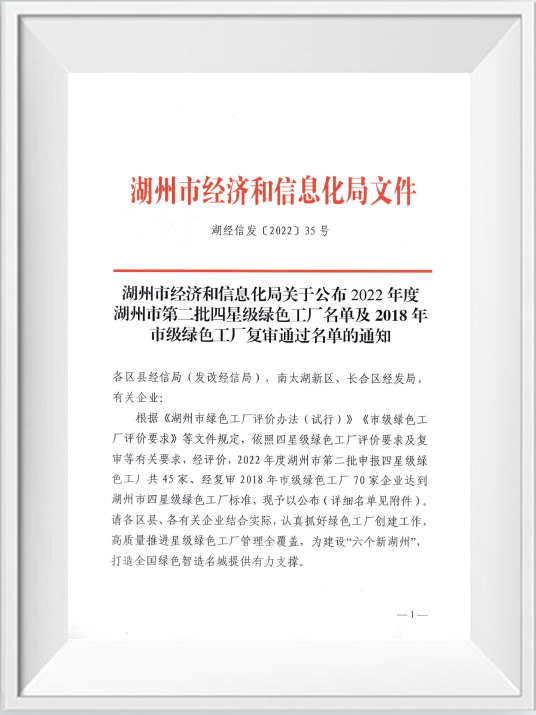What are the primary applications of laminating film in various industries?
Laminating film finds versatile applications across various industries due to its protective and aesthetic qualities. Some primary applications include:
Printing and Packaging:
Laminating film is widely used in the printing and packaging industry to protect and enhance the visual appeal of labels, packaging materials, and promotional materials. It adds a layer of durability and helps maintain the integrity of printed content.
Advertising and Signage:
Laminating film plays a crucial role in the production of outdoor and indoor signage, posters, and banners used in advertising. The film provides weather resistance, UV protection, and a glossy finish, making the visuals more appealing and durable.
Photography and Art:
Photographers and artists often use laminating film to protect and enhance the appearance of prints, photographs, and artwork. The film can add a glossy or matte finish, preserving the colors and details of the original work.
Book Covers and Binding:
Laminating film is applied to book covers to enhance their durability and appearance. It protects against scratches, stains, and general wear and tear. Additionally, the film can be used in the binding process to reinforce and protect book spines.
Cards and Identification:
Identification cards, membership cards, and access cards benefit from laminating film for added durability and protection. The film helps prevent fading, water damage, and general wear, ensuring the longevity of these cards.
Educational Materials:
Teaching aids, charts, and educational posters are laminated to make them more resilient in a classroom environment. Laminating film protects these materials from handling, spills, and frequent use, extending their lifespan.
Restaurant Menus and Displays:
In the hospitality industry, laminating film is often used to protect and enhance restaurant menus, price lists, and promotional displays. This helps maintain a professional and clean presentation despite regular handling.
Industrial Labels and Tags:
In manufacturing and industrial settings, laminating film is applied to labels and tags for products and machinery. This protects crucial information from harsh environmental conditions, such as chemicals and abrasion.
Maps and Charts:
Maps, navigation charts, and other geographical materials benefit from laminating film for protection against moisture, tearing, and frequent handling. This is especially important in outdoor or high-traffic settings.
What are the key features to consider when selecting laminating film for specific applications?
Finish (Glossy or Matte):
Laminating films come in glossy or matte finishes. The choice between the two depends on the desired aesthetic and the intended use of the material. Glossy finishes enhance color vibrancy and create a shiny appearance, while matte finishes offer a subdued and non-reflective surface.
Adhesive Type:
Different laminating films use various types of adhesives, such as thermal, pressure-sensitive, or cold adhesives. The choice depends on the equipment available for application and the compatibility with the materials being laminated.
Compatibility with Printing Methods:
Ensure that the laminating film is compatible with the printing methods used for the materials. Some films may work better with digital printing, while others are suitable for offset or traditional printing methods.
Transparency and Clarity:
For applications where clarity is crucial, such as with photographs or transparent overlays, choose laminating film that maintains high transparency without distorting colors or details.
UV Resistance:
Consider whether the laminating film provides UV resistance. This feature is particularly important for materials that will be exposed to sunlight or other sources of UV radiation to prevent fading and deterioration.
Antimicrobial Properties:
In certain applications, especially where hygiene is a concern, laminating films with antimicrobial properties can be beneficial. These films help inhibit the growth of bacteria, mold, and other microorganisms.
Customization Options:
Some laminating films offer customization options, allowing manufacturers to add logos, patterns, or other branding elements. Customizable films provide a unique and branded look for the final product.
Environmental Impact:
Consider the environmental impact of the laminating film. Some films are designed to be recyclable or use eco-friendly materials, aligning with sustainability goals and reducing the environmental footprint.
 Good physical properties
Good physical properties Excellent barrier properties
Excellent barrier properties Light and flexible
Light and flexible



























